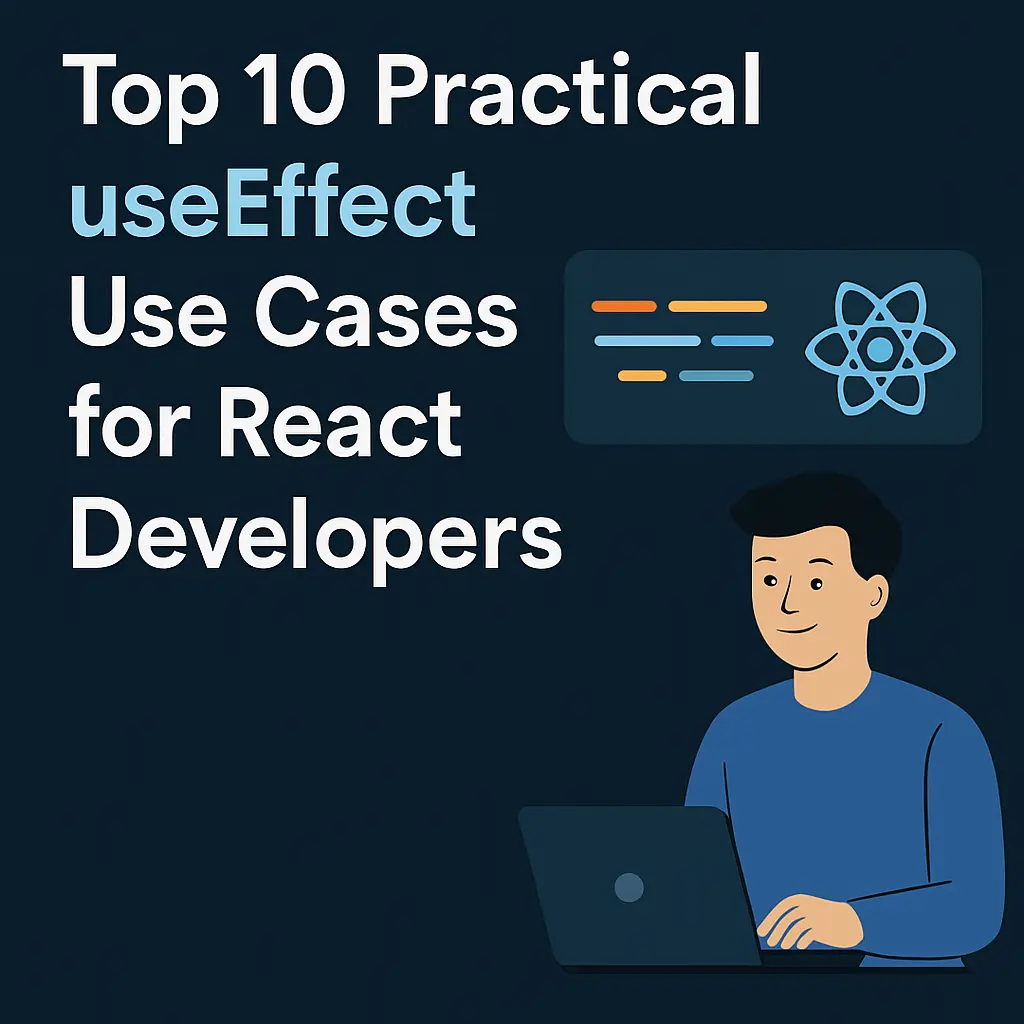Why is useEffect Important?
In modern React development, understanding how to use effect properly is crucial for building efficient and clean applications.
Whether you’re fetching data, setting up subscriptions, or manipulating the DOM, the effect in React ensures these tasks happen after your component renders.
Let’s dive into why the react effect pattern is so important.
1. Handling Side Effects in React
In React applications, “side effects” refer to operations that happen outside the rendering logic — like API calls, timers, or DOM updates.
The use effect in react js enables developers to handle these side effects cleanly and predictably.
Instead of scattering API calls or event listeners throughout your component, you use effect in one place, making your code organized and easy to manage.
✅ Example: Fetching data, subscribing to a WebSocket, updating the page title.
2. Simplifying Lifecycle Management
Before hooks, React developers had to manage side effects using class component methods like componentDidMount, componentDidUpdate, and componentWillUnmount.
This made React apps complicated and error-prone.
With the introduction of the effect in React, all side effect logic can live inside one or more useEffect hooks inside your functional component.
✅ No need for bulky class components — just clean functional logic using the react useeffect approach.
3. Precise Control Over Effects
One of the greatest strengths of use effect in react js is the ability to control when effects run:
Run once when the component mounts.
Run whenever specific state or props change.
Run after every render if needed.
This fine-grained control improves performance and avoids unnecessary operations, making your React app faster and smarter.
✅ No more random network calls or memory-hogging event listeners!
4. Automatic Cleanup for Better Performance
Managing resources like event listeners, timers, or subscriptions manually is tedious and risky.
Luckily, the use effect system allows you to return a cleanup function inside the effect.
This function runs:
5. Empowering Functional Components
Thanks to use effect in react js, functional components can now:
✅ You no longer need to “upgrade” to a class component just because you have side effects.
Functional components + react useeffect = the new standard for writing powerful, scalable React apps!
